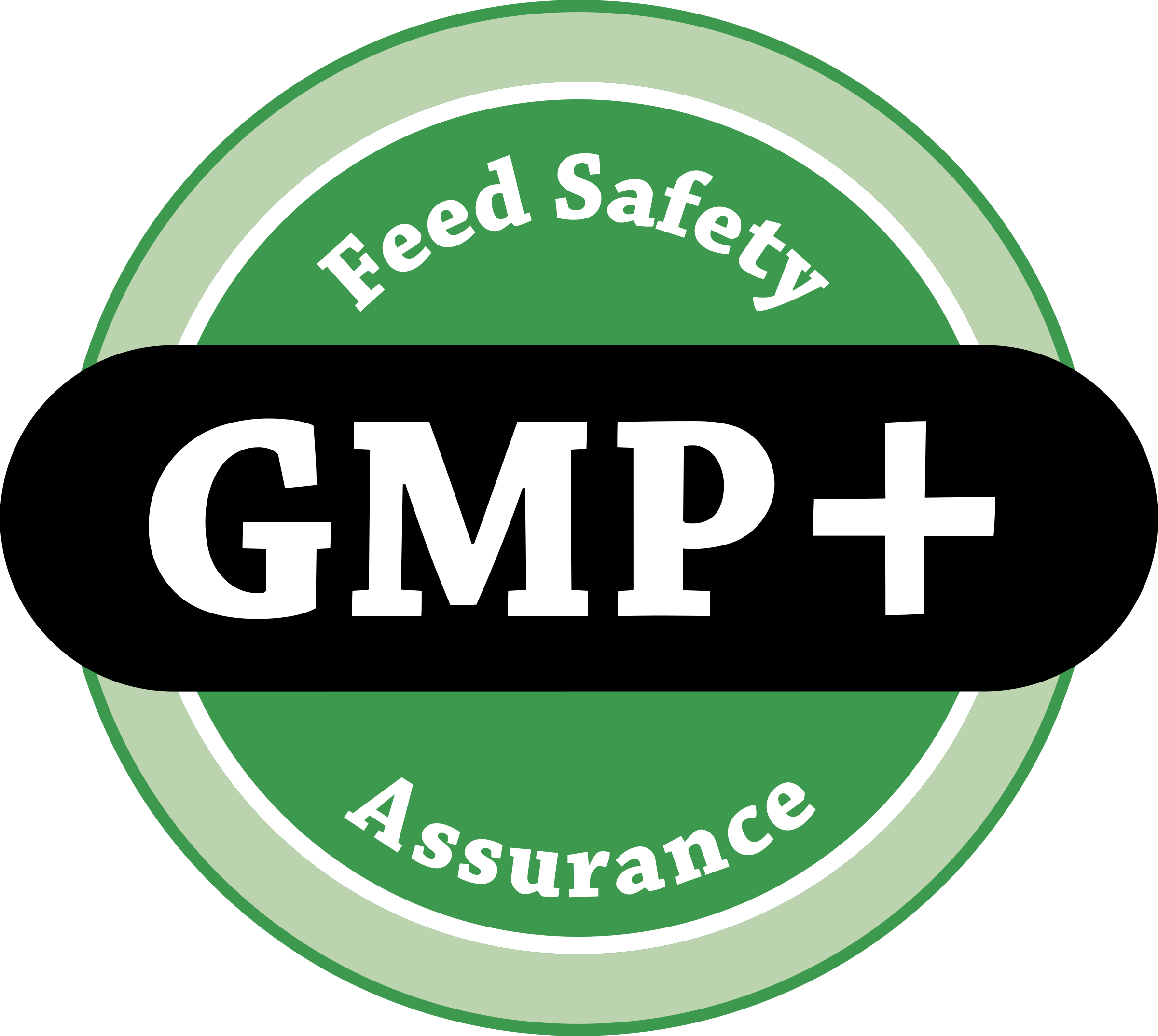CHITRAK
Botanical name – Plumbago zeylanica Linn.
Family – Plumbaginaceae
Common names –
English – Ceylon leadwort
Hindi – Cheeta
Sanskrit – Chitrak
Parts used – Root bark
Distribution
- Chitrak is mainly a native to old tropical regions of Pacific and Hawaiian Island. It is cultivated for medicinal and commercial purposes
- The species is largely cultivated in gardens throughout India.
- It grows wild in South India, West Bengal, and some parts of Madhya Pradesh and Chhattisgarh
Chemical constituents
- The principle active compound is ‘Plumbagin’
- Plumbagin (5-hydroxy-2-methyl-1, 4- naphthoquinone- C11-H8-O3) ), Biplumbagin (Chitranon), Chloroplumbagin, Maritinone, Elliptinone, Lapachol, Coumarins like 5-mrthoxyseselin, Seselin, Suberosin, Xanthyletin, Xanthoxyletin, Plumbic acid, enzymes like Invertase and Protease along with other compounds such as Plumbazeylanone, Droserone, Isozeylinone, Fructose, Glucose, Zeylinone are present in roots of the plants.
- Leaves contain Lumbagin, Chitanone, Plumbagic acid
- Stem contains Plumbagin, Zeylanone, Dihydroflavinol, Campesterol, Isozeylanone, Sitosterol, Stigmasterol, and Plumbaginol
- Flower contains Plumbagin, Glucopyranoside, Sitosterol.
Read Also: Black Pepper
Uses of Chitrak
Antimicrobial activity
Leaves extract possess anti-microbial activity against Staphylococcus aureus and Fusarium oxysporum whereas the stem extract are effective against Pseudomonas aeruginosa and the Penicillium expansum species. A study suggests that the Methanolic extract of Plumbago zeylanica L. stem possess significant antibacterial activity. It’s also effective against various fungal species – Fusarium oxysporum, Rhizoctonia solanii, Alternaria sp. and Sclerotium rolfsii.
Anti-inflammatory activity
The acetone extract significantly decreased inflammation due to it’s activity to reduce prostaglandin synthesis and release. The Hydroalcoholic extract of the root bark is effective against inflammation.
The mechanism of anti-inflammatory activity might be due to prostaglandins inhibition. The inhibition effect may be attributed to its free radical scavenger activity and protection of apoptosis. Plumbagin prominently hampered high mobility and subsequently quelled inflammatory cascades, as nuclear factor κB (NF-κB), tumour necrosis factor-alpha (TNF-α) and myeloperoxidase (MPO) activity.
Antioxidant activity
Plumbago zeylanica L. has been widely investigated for it’s anti-oxidant properties. Ferric reducing/anti-oxidant power, radical scavenging of 1,1-diphenyl-2-picryl hydrazyl (DPPH) and 2,2’-azobis-3-ethylbenzthiazoline-6-sulfonic acid (ABTS), lipid peroxidation, phenolic and flavonoid content possess anti-oxidant property. Ethanolic extract shows lipid peroxidation inhibition and augmented propotion of polyphenols and flavonoids.
Wound healing activity
The wound healing activity of the Ethanolic root extract of Plumbagin Zeylanica was found due to the presence of phytochemicals such as Alkaloids, Terpenoids, Flavonoids, etc., which provided strong evidence for the role of oxidative stress in thepathogenesis of non-healing ulcers. The normal physiology of wound healing depends on low levels of reactive oxygen species and oxidative stress, overexposure to oxidative stress leads to impaired wound healing. Antioxidants are postulated to help control wound oxidative stress and thereby accelerate wound healing.


